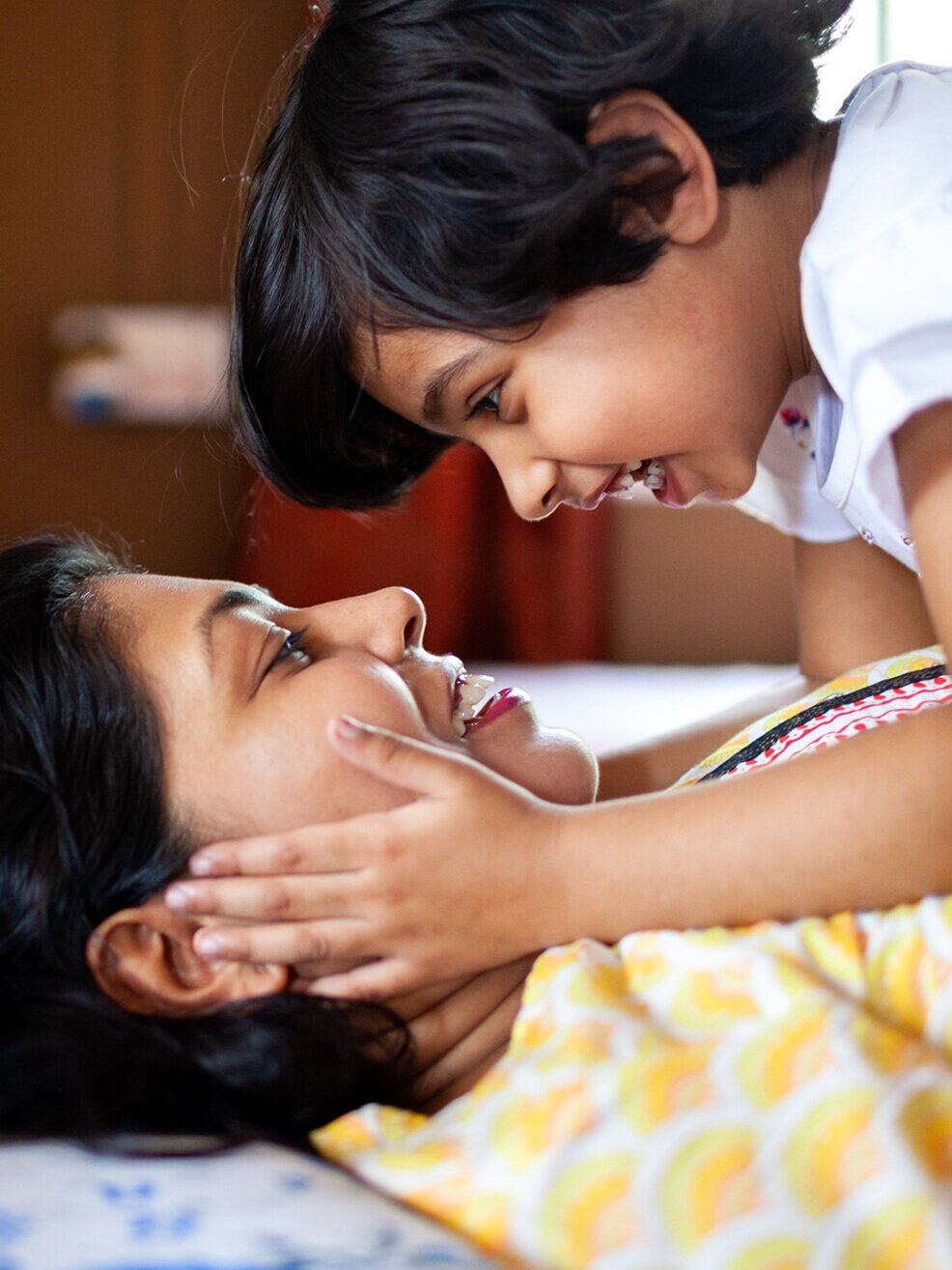Our Story
“The Behavior Therapy program at Beamish started when I recognized a need to help parents navigate a world they were not prepared for. I remember the first time the doctor told me “Your son is Autistic” and wrote down a few numbers to call. All those numbers led to was waitlists and questions on how my son’s life would unfold unless I did something drastic myself.
At Beamish Academy we’ve developed a highly focused, inclusive learning environment where emphasis is on discovering and understanding the distinctive characteristics of a child and providing a complimentary early learning development program based on proven ABA principles.
By providing programs in our centre, we hope to be able to provide a unique experience for all families that walk through our door.”
Here at Beamish Academy, our mission is to positively impact the lives of children with Autism Spectrum Disorder and other Developmental Disabilities. We take pride in creating an inclusive environment for those we service and through the use of ABA therapy, by creating and achieving specific goals that fit your child’s needs. Through our passion for helping others and advocating for equality and inclusion, at Beamish we are committed not only to the child but also to the families.
Our Vision
To create a place where children with varying disabilities may strive
Provide effective services for our clients through the use of ABA
Offer support to our families we are servicing
At Beamish, our goal is to provide each child with many opportunities to learn through play. We strive to work with parents and incorporate family-centred goals into our programming. Children spend the greatest time with their family and at Beamish, we value our families.
Why Choose Beamish
Early Intervention is important to build a strong foundation for each child. We scaffold each child’s learning through concepts which are embedded in behaviour therapy principles. Every child learns in a different way and at a different pace, early intervention has been clinically effective in helping children that might not follow the same developmental trajectory as their typically-developing peers (Zwaigenbaum et al., 2015).



